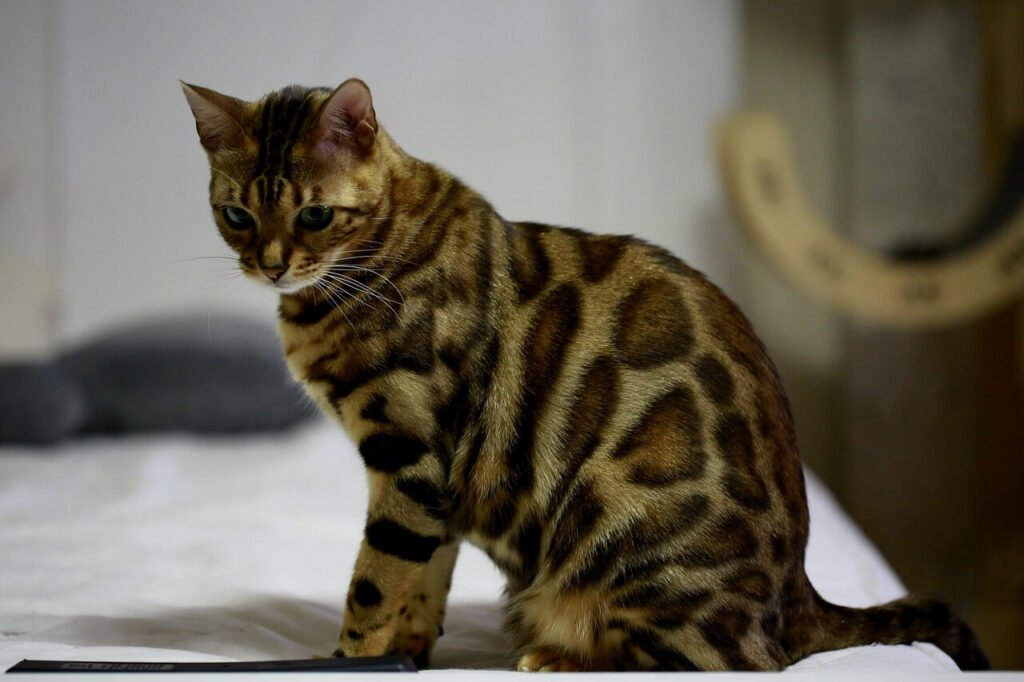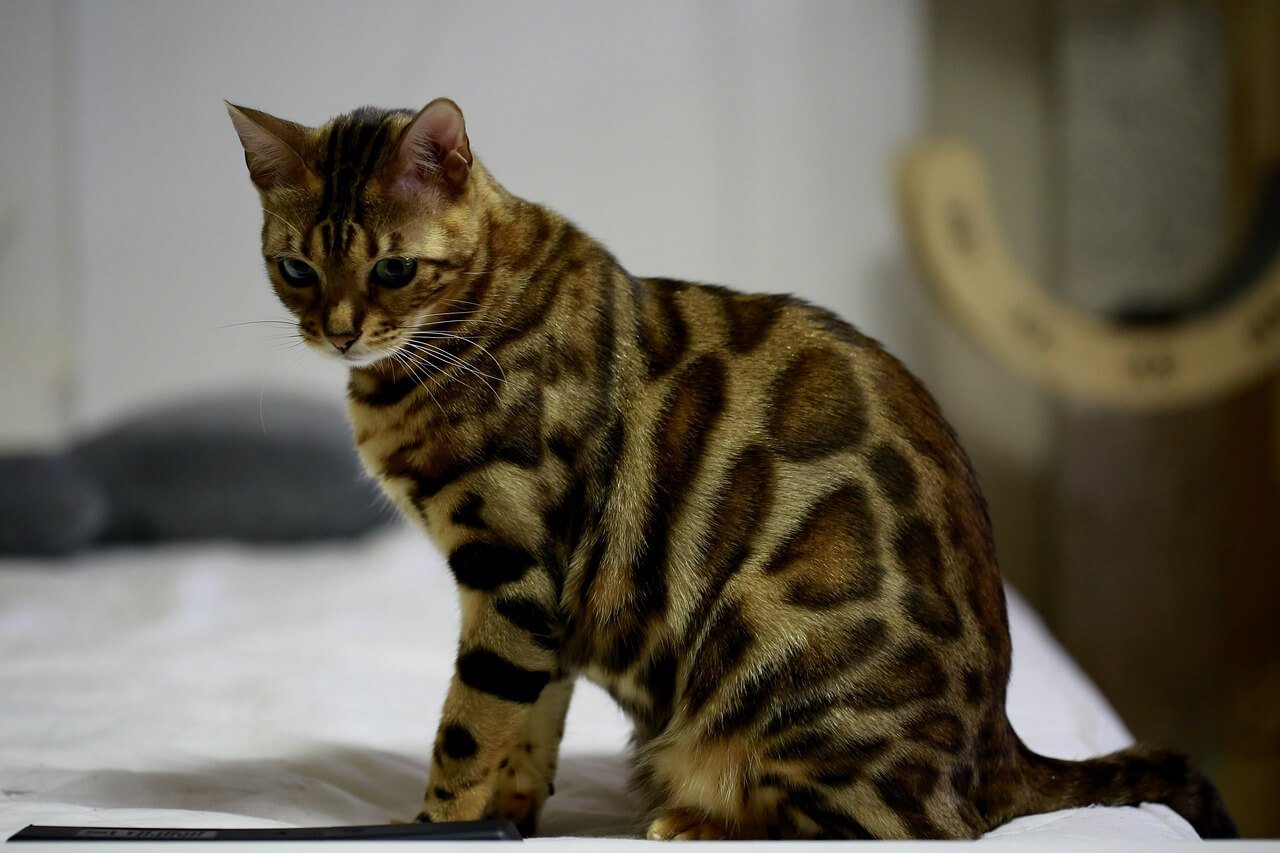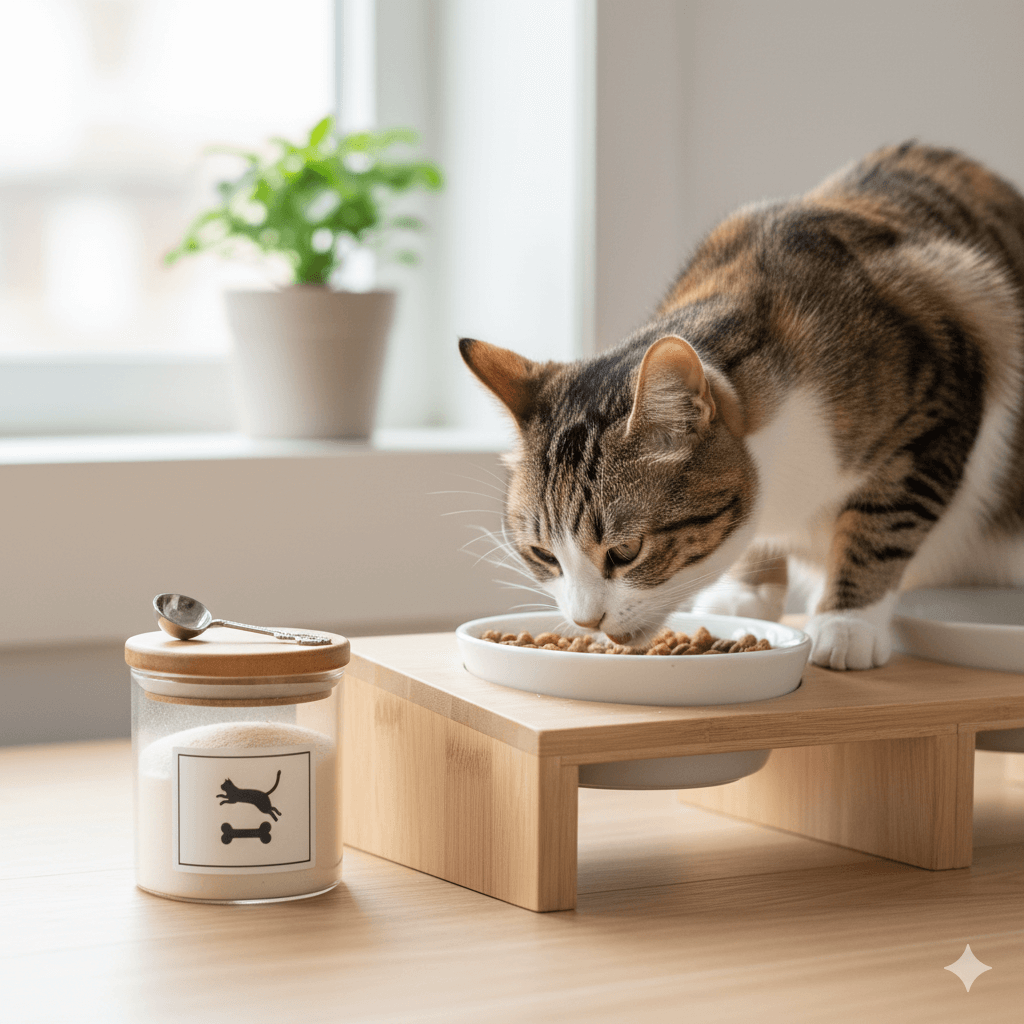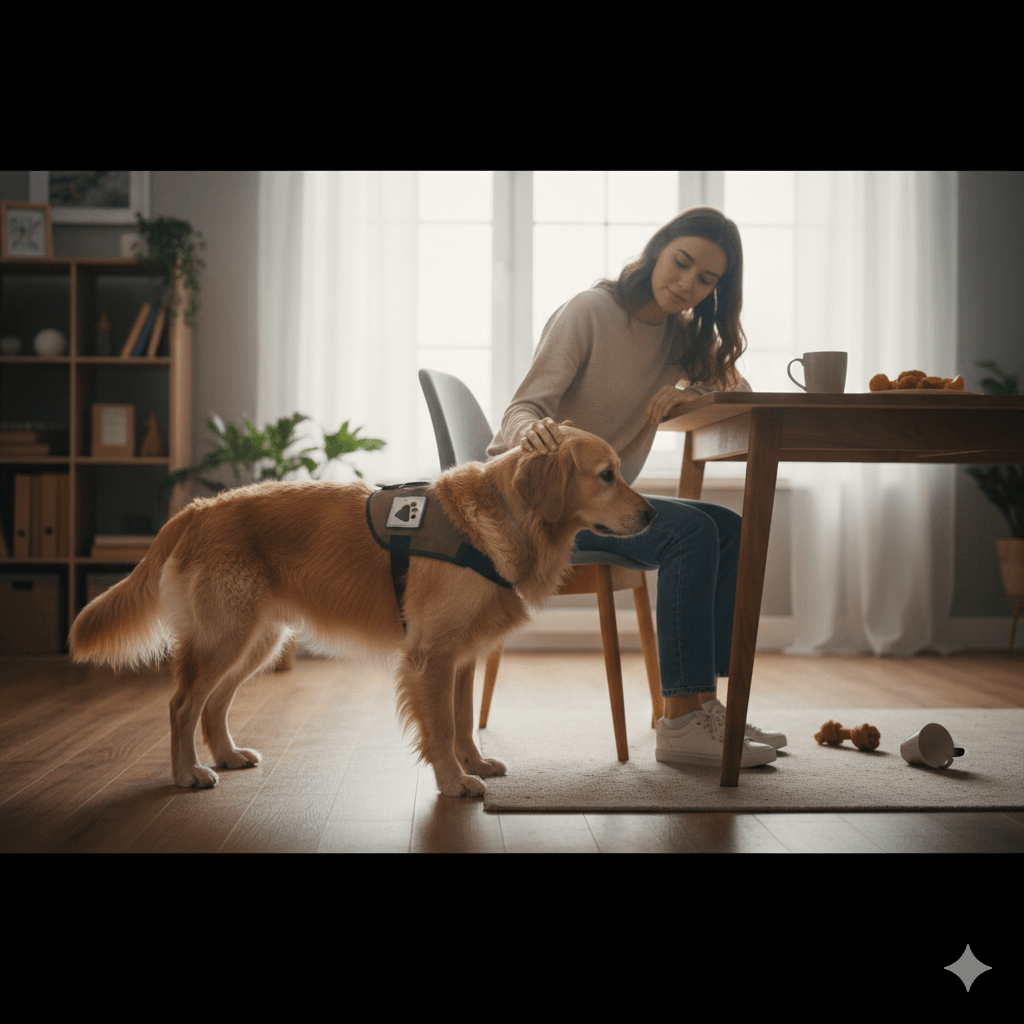Bengal Cat Colors: A Stunning Palette of Wild Beauty
The Bengal cat is a breed that captivates with its striking appearance, resembling the wild elegance of a miniature leopard. One of the most fascinating aspects of Bengals is their diverse and vibrant coat colors, each with its own unique charm. From the classic spotted patterns to the rare and exotic hues, Bengal cat colors are a testament to their rich heritage and captivating allure. Whether you’re a proud Bengal owner or simply an admirer of this majestic breed, understanding the variety of colors and patterns can deepen your appreciation for these feline wonders. In this article, we’ll explore the mesmerizing world of Bengal cat colors, shedding light on what makes them so extraordinary.
A Kaleidoscope of Beauty: Officially Recognized Bengal Colors
The Bengal breed boasts several officially recognized colors, each showcasing the breed’s wild ancestry and luxurious coat. These colors are defined by specific patterns and markings that set Bengals apart from other domestic cats. Here’s a look at the primary recognized Bengal cat colors:
Brown Spotted Tabby :
The most common and iconic Bengal color, featuring rich brown spots on a golden or beige background.Snow Spotted Tabby :
A softer, lighter variation with creamy white fur and contrasting spots in shades of ivory, tan, or chocolate.Silver Spotted Tabby :
Known for its shimmering silver coat with black or charcoal spots, offering a sleek and modern look.Blue-Eyed Snow :
A subset of the Snow category, distinguished by striking blue eyes and pale, icy tones.Charcoal Bengal :
A dramatic and rare coloration with dark, almost black markings overlaying a muted base coat.
These recognized colors highlight the versatility and beauty of the Bengal breed, making each cat truly one-of-a-kind. Whether you prefer bold contrasts or subtle elegance, there’s a Bengal color to suit every taste.
Beyond Color: The Intricate Patterns of Bengal Coats
In addition to their stunning colors, Bengal cats are celebrated for their intricate coat patterns. These patterns add depth and texture to their appearance, further enhancing their resemblance to wild felines. Here’s a closer look at the distinctive patterns found in Bengal cats:
Spotted Pattern :
Randomly placed spots of varying sizes create a dynamic, leopard-like appearance.Marbled Pattern :
Swirling, cloud-like designs form a mesmerizing pattern that resembles flowing water.Rosetted Pattern :
Larger, multi-colored spots with a darker outline mimic the markings of wild jungle cats.Arrowhead Pattern :
Spots arranged in a horizontal alignment give the impression of arrows pointing toward the tail.Cluster Pattern :
Smaller spots grouped closely together create a dense, textured look.
These patterns not only enhance the visual appeal of Bengal cats but also reflect their wild ancestry. Each pattern is a work of art, ensuring no two Bengals ever look exactly alike.
Check this guide 👉How Long Do Bengal Cats Live? Best 7 Expert Tips!
Check this guide 👉How Much Does a Bengal Cat Cost? Best 7 Buying Tips!
Check this guide 👉The Allure of the Orange Bengal Cat: Best 7 Expert Tips!

Recognized Bengal Colors | Distinctive Features |
|---|---|
Brown Spotted Tabby | Warm tones with bold, contrasting spots |
Snow Spotted Tabby | Soft, pale fur with delicate markings |
Silver Spotted Tabby | Shimmering silver base with dark accents |
Blue-Eyed Snow | Pale coat paired with striking blue eyes |
Charcoal Bengal | Dark, shadowy overlay with muted undertones |
Hidden Gems: Exploring Uncommon Bengal Colors
While the official Bengal cat colors are breathtaking, there are also rare and unofficial variations that deserve recognition. These colors may not meet breed standards but are equally captivating in their uniqueness. Here’s a glimpse into some lesser-known Bengal colors:
Melanistic Bengals :
A solid black coat with faint underlying patterns visible in certain lighting.Blue Bengals :
A steel-blue base coat with slate-gray markings, creating a cool-toned aesthetic.Cinnamon Bengals :
A warm, reddish-brown coat with lighter spots, reminiscent of autumn leaves.Chocolate Bengals :
Rich, deep brown tones with milk-chocolate markings for a decadent look.Lilac Bengals :
A soft, silvery-gray coat with pinkish undertones, exuding a delicate charm.
These rare colors showcase the incredible diversity within the Bengal breed. Though not officially recognized, they add to the breed’s mystique and allure.
Maintaining the Glow: Tips for Caring for Your Bengal’s Fur
A Bengal’s coat is one of their most prized features, and proper care ensures it remains healthy and radiant. Regular grooming and attention to detail can help preserve the vibrancy of their colors and patterns. Here are some tips for maintaining your Bengal’s stunning coat:
Brush Regularly :
Use a soft-bristle brush to remove loose hair and distribute natural oils evenly.Bathe Occasionally :
A gentle bath every few months can keep their coat clean without stripping essential oils.Provide a Balanced Diet :
High-quality food rich in omega-3 fatty acids promotes a shiny, healthy coat.Check for Skin Issues :
Monitor for dryness, irritation, or excessive shedding that could indicate health concerns.Minimize Sun Exposure :
Prolonged sun exposure can fade or damage their coat, so provide shaded areas indoors.
By following these care tips, you can ensure your Bengal’s coat remains as dazzling as the day you brought them home. Their fur is a reflection of their health and happiness, so treat it with love and care.
Nature’s Blueprint: What Determines a Bengal’s Color?
The colors and patterns of Bengal cats are influenced by a combination of genetics, breeding practices, and evolutionary traits. Understanding these factors can help explain the diversity within the breed and why certain colors are rarer than others. Here’s what shapes a Bengal’s coat:
Genetic Inheritance :
Coat color and pattern are passed down from parent cats, with dominant and recessive genes playing a role.Selective Breeding :
Breeders often choose pairings to enhance specific colors or patterns, shaping the breed’s aesthetic over time.Wild Ancestry :
The Asian leopard cat, a key ancestor of Bengals, contributes to their wild-like markings and color variations.Environmental Adaptation :
Evolutionary traits that helped wild ancestors survive are reflected in modern Bengals’ coats.Mutation and Variation :
Rare colors like Melanistic or Lilac result from natural genetic mutations, adding to the breed’s diversity.
These factors highlight the intricate balance of nature and nurture that creates the stunning array of Bengal cat colors. Each cat carries a unique genetic legacy that makes them truly special.
Shadows and Highlights: The Role of Lighting in Showcasing Colors
Lighting plays a crucial role in how a Bengal’s coat appears, enhancing its depth and vibrancy. Whether indoors or outdoors, the way light interacts with their fur can dramatically alter the perception of their colors and patterns. Here’s how lighting impacts their appearance:
Natural Sunlight :
Sunlight brings out the richness of warm tones like brown and gold, making them appear more vivid.Indoor Lighting :
Artificial lights can soften hues, giving Snow Bengals a glowing, ethereal look.Low-Light Conditions :
In dim environments, darker patterns like Charcoal or Melanistic Bengals become more pronounced.Reflective Surfaces :
Shiny surfaces, like water or polished floors, can amplify the shimmer of Silver Bengals.Photography Angles :
Capturing Bengals under different lighting angles can emphasize their rosettes or marbled patterns.
Understanding how lighting affects their coat can help you appreciate the dynamic beauty of Bengal cats. Their colors are never static—they shift and change, revealing new facets of their allure.
Finding Your Perfect Match: How to Pick a Bengal Based on Color
With so many stunning Bengal colors to choose from, selecting the right one can feel overwhelming. However, considering your lifestyle, preferences, and home environment can guide you toward the perfect match. Here’s how to make an informed decision:
For Active Homes :
High-energy colors like Brown Spotted Tabby suit lively households, reflecting their bold and playful nature.For Calm Spaces :
Snow Bengals add a serene touch to quieter homes with their soft, soothing tones.For Modern Decor :
Silver Bengals complement sleek, contemporary interiors with their metallic sheen.For Unique Appeal :
Rare colors like Charcoal or Blue Bengals make a statement for those seeking something extraordinary.For Low Maintenance :
Short-haired Bengals with simple spotted patterns may require less grooming attention compared to long-haired or marbled varieties.
By aligning your choice with your lifestyle and aesthetic preferences, you can find a Bengal whose color and personality resonate with you. Remember, every Bengal is a treasure—choose one that speaks to your heart.
Frequently Asked Questions About Bengal Cat Colors
Are all Bengal colors recognized by cat associations?
No, only specific colors like Brown, Snow, and Silver are officially recognized.
Can Bengal kittens change color as they grow?
Yes, their coats often darken or develop more defined patterns as they mature.
What is the rarest Bengal color?
Melanistic and Lilac Bengals are among the rarest and least commonly seen.
Do Bengal colors affect their personality?
No, personality traits are influenced by genetics and upbringing, not coat color.
Can two Bengals produce kittens with different colors?
Yes, depending on their genetic makeup, kittens may display a variety of colors.
Final Thoughts: Celebrating the Diversity of Bengal Cat Colors
The Bengal cat’s coat is a masterpiece of nature, blending wild beauty with domestic charm. From the bold and vibrant to the soft and subtle, each color and pattern tells a story of the breed’s unique heritage. Understanding the nuances of Bengal cat colors not only enhances our appreciation for these magnificent creatures but also helps us make informed decisions when choosing a companion. Whether you’re drawn to the classic elegance of a Brown Spotted Tabby or the ethereal allure of a Snow Bengal, one thing is certain—every Bengal is a living work of art. So cherish their colors, patterns, and personalities, and celebrate the wild spirit they bring into your home.
Understanding Bone Supplement for Cats: Best 7 Expert Tips! – Safe, vet-approved guidance for strong feline bones & balanced nutrition.
Bone Supplement for Dogs: Best 7 Expert Tips! – Expert guide to calcium, collagen & bone health for every life stage.
Understanding Can Cats Get Sunburn: Best 7 Expert Tips! – Protect your feline from UV damage with vet-backed prevention strategies.
How to Train a Seizure Alert Dog: Best 7 Expert Tips! – Learn expert-backed steps to nurture natural instincts into reliable, life-saving seizure alerts.





